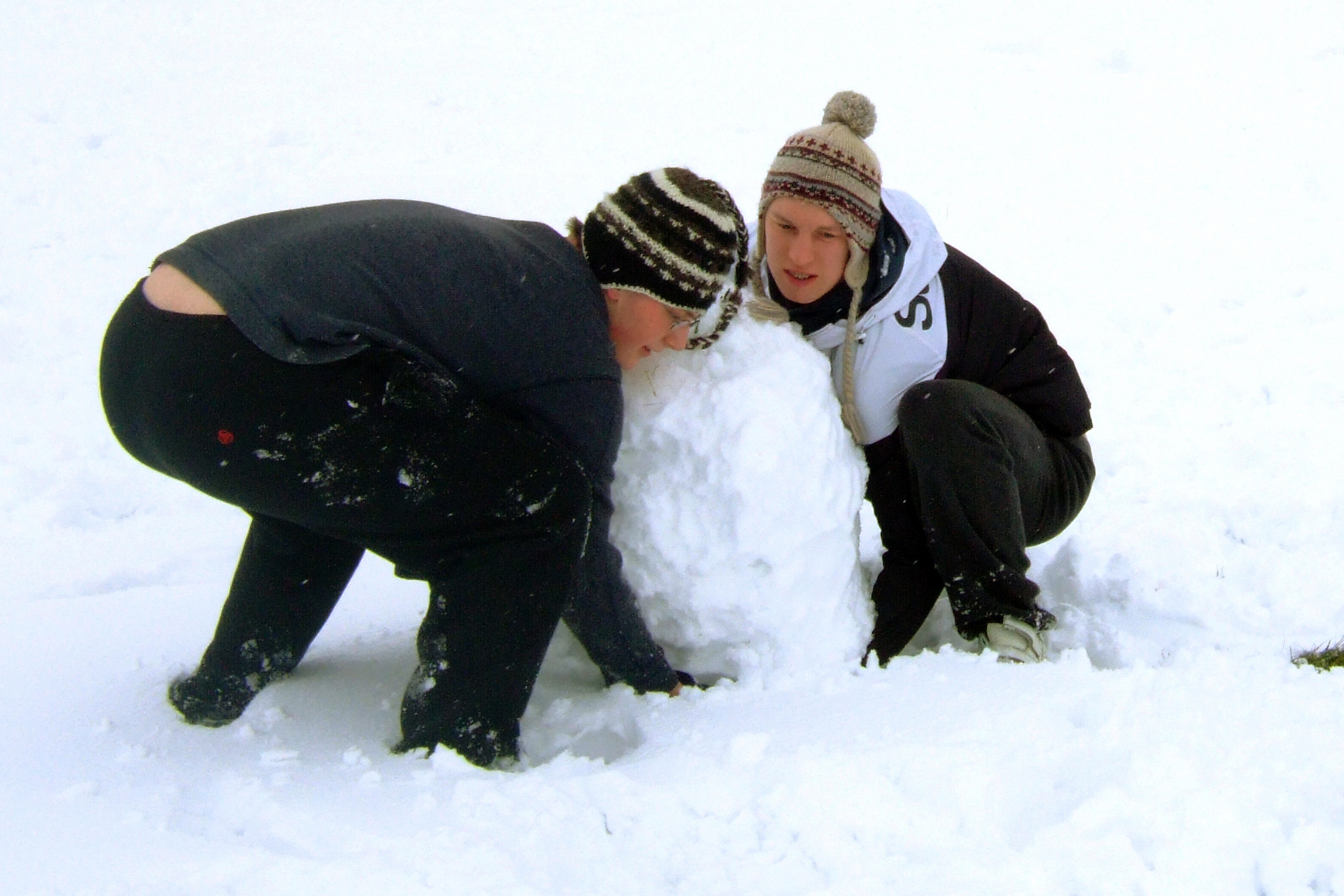Create your debt snowball
 Create your debt snowball
Create your debt snowball
Now that you have created a little wiggle room in your budget you can start making a move to get your debt paid off. We are going to use a popular method among personal finance writers, including Dave Ramsey. It is called the debt snowball because as you pay off debt you use the former payment for that debt to pay off your next debt gaining momentum as you roll down your freedom mountain.
Let’s look back at your debt records and set up your snowball. First you need to prioritize your debts in the order you will pay them off. There are two main schools of thought on this issue. Do you pay them off in the order that gives you a better emotional advantage or the better mathematical advantage.
If you pay off your highest interest rate debts first, mathematically you will pay less in interest, but it may be a long time until you clear that hurdle of paying off your first debt. If you pay off your smallest debt first you will get the emotional push of success but you will pay more in interest in the long run. Neither of these is the absolute right way. After all, if you are going to fail without the emotional push it doesn’t matter how much more money you can save by doing it the other way. Decide which way works best for you.
If you are a numbers nerd, like me, or just want to see a visual representation of how the snowball works then take a look at the template over at Vertex42. I was going to create my own but theirs is everything I would have wanted to create. They also have video instructions to help you along the way.
Continue to pay all of your minimum payments on all of your debts. Take the extra money in your budget and put it toward paying off your debt. Then when that first debt is paid off take all of that money (the minimum and extra) and apply it to the next payment. Given enough time you will pay off your debt.
Image by BeverlyLR








About the author